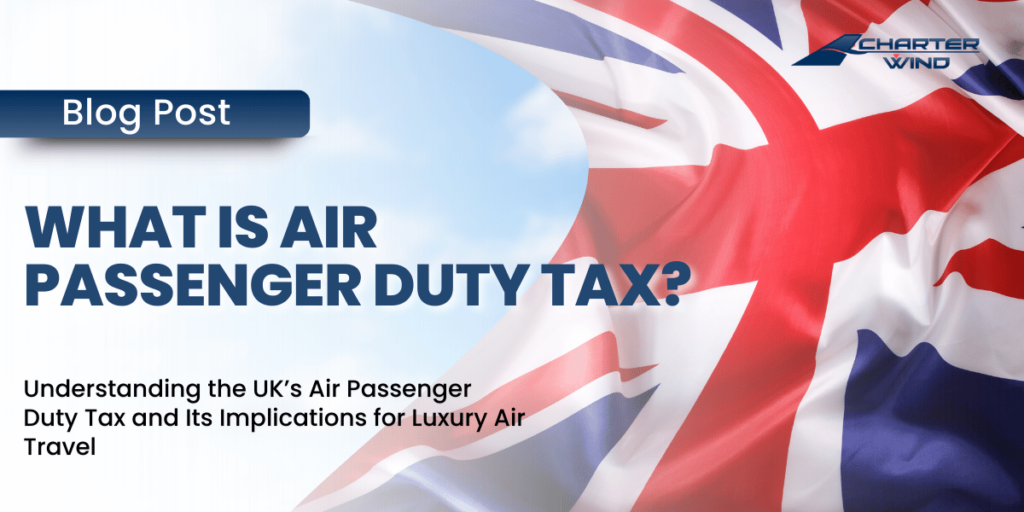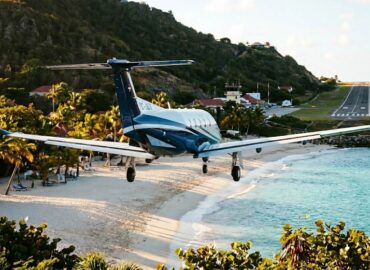Air Passenger Duty Tax Explained
Introduced in 1994, the UK Air Passenger Duty (APD) tax is a government initiative aimed at tackling environmental concerns linked to air travel. While it generates revenue for public finances, the APD also works as a deterrent against excessive carbon emissions caused by frequent and affordable air travel. For travelers engaging in luxury aviation or private jet charters, understanding the implications of this tax is crucial for planning efficiently.
What Is the Air Passenger Duty (APD) Tax?
The APD tax is levied on aircraft departing from the UK or the Isle of Man. With its multi-faceted structure, it takes into account various factors, including the size of the aircraft, voyage distance, and even the time the aircraft spends on UK ground. This complex framework ensures that luxury air travelers and private jet operators are fairly aware of any tax obligations before departure.
Breaking Down the APD Tax Rates
The APD tax structure is divided into three distinct rates based on aircraft categories and travel class options. Here’s how they differ:
1. Reduced Rate
Applicable to economy class flights, the reduced rate is tied to travelers who opt for the lowest-cost airline seats. To qualify, the seat pitch (distance between seats) must measure less than 40 inches, making this rate exclusive to budget travel.
2. Standard Rate
The standard rate applies to any travel option that doesn’t fall under the reduced-rate parameters. For instance, flights with seat pitches greater than 40 inches, often associated with premium commercial classes or luxury airliners, face this charge.
3. Higher Rate
The higher rate targets private aviation services, including VIP jets and military aircraft. Aircraft falling under this rate are typically:
- Heavier than 20 tons, or
- Designed to carry less than 19 passengers.
This rate underscores how luxury air travel carries a distinct tax burden, making it vital for private travelers to plan accordingly.
Distance Matters—Balancing Luxury with Environmental Responsibility
Another distinguishing feature of the APD tax system revolves around voyage distances. Charges escalate significantly for long-haul trips versus short-haul flights. This measure aims to reduce emissions produced by extended travel routes and promotes environmentally conscious aviation. It also creates incentives for travel to closer European destinations, effectively reducing an aircraft’s carbon footprint.
Although the APD tax is implemented across most of the UK, notable exceptions exist in Scotland and Northern Ireland, where other tax schemes may apply. Over the years, the APD has faced criticism for steep increases in pricing, fueling ongoing debates about its practicality and economic impacts.
While the APD takes steps to address environmental concerns, it raises unique challenges for luxury aviation enthusiasts. Private jets, known for their exclusivity and convenience, are often subjected to the higher APD tax rate, escalating overall travel costs. Travelers must weigh the benefits of personalized jet services against environmental initiatives shaping aviation policies.
How Charter Wind Supports APD Transparency
At Charter Wind, we simplify the complexities of the APD for our clients. We provide:
- Comprehensive tax breakdowns to clarify additional costs tied to your private flight.
- Expertise on how APD, along with other domestic tax initiatives, affects your personalized travel plans.
- Professional advice to help manage costs effectively while delivering a seamless luxury travel experience.
Plan Your Journey with ease Confidence
Understanding the Air Passenger Duty tax and its impact on luxury air travel helps you make informed decisions. Whether it’s navigating APD regulations, adjusting routes for cost efficiency, or ensuring compliance with tax laws, Charter Wind is here to help.
Explore the luxurious world of private aviation while staying fully aware of tax regulations. Contact Charter Wind for personalized insights and assistance with planning your next flight.




